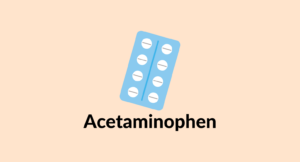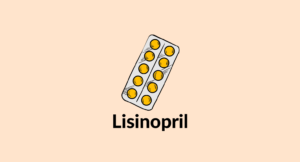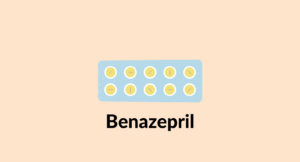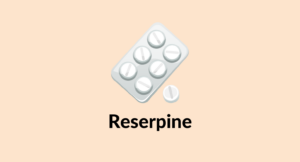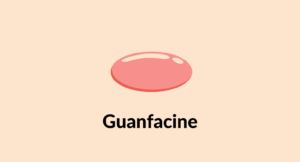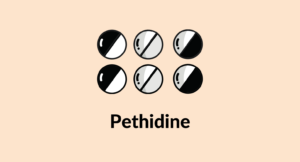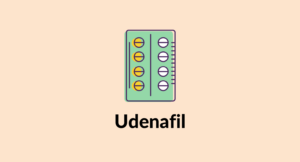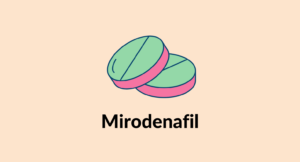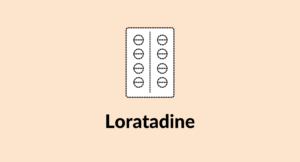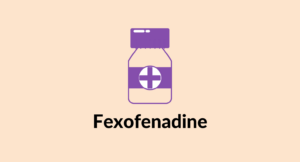Does CBD Interact With Oxycodone (Oxycontin)?
Information on risks & possible interactions between CBD & oxycodon.
Pain is the leading cause of debility in the world. Millions of people live with chronic or persistent pain every day. Some take medications; others use natural supplements like CBD.
Here, we’ll cover all the potential risks and side effects that could arise while mixing CBD and opioid pain medications like oxycodone (Oxycontin).
We’ll cover why so many people choose to take these substances together despite the risks and whether or not CBD is a viable alternative to prescription opioids.

Do CBD & Oxycodone (Oxycontin) Interact?
Yes, CBD may cause the sedative and pain-killing effects of oxycodone (Oxycontin) to have a stronger action. In some cases, this is a positive — CBD may make oxycodone more capable of alleviating tough to treat pain.
However, this effect may also lead to increased risk of side effects or overdose on oxycodone — which can be fatal.
It’s wise to avoid using CBD or any cannabinoids while taking oxycodone unless speaking with your doctor first. Your doctor will assess your level of risk and may adjust your dose of oxycodone or CBD to reduce the potential for harm.
Other Names for Oxycodone
Oxycodone is sold under many different names. All share the same risk and potential interactions.
Other names for oxycodone include:
- Oxycontin
- Percodan
- Endodan
- Roxiprin
- Percocet
- Endocet
- Roxicet
- OxyContin
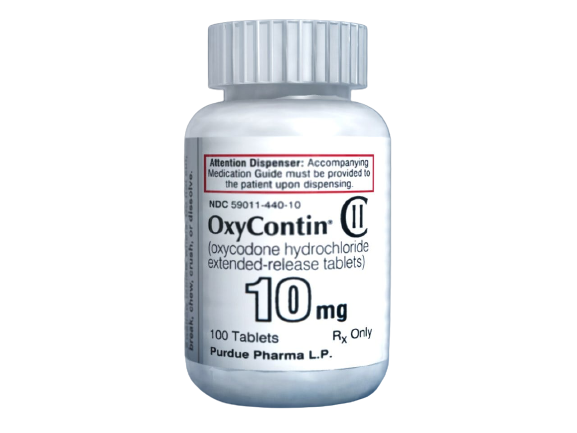
Similar Medications: CBD & Opiates
Oxycodone is classified as an opiate. CBD and opiates all share similar risks for interaction and side effects.
Here’s a list of similar medications that share a similar level of risk when combined with CBD:
- Buprenorphine (Cizdol & Brixadi)
- Codeine
- Pethidine (Meperidine & Demerol)
- Fentanyl (Abstral & Actiq)
- Hydrocodone (Hysingla ER, Zohydro ER & Hycodan)
- Hydromorphone (Dilaudid)
- Methadone (Methadose & Dolophine)
- Morphine (Kadian & Roxanol)
- Tramadol (Ultram, Ryzolt & ConZip)
Is It Safe to Take CBD With Oxycodone (Oxycontin)?
It’s best to avoid the use of CBD alongside oxycodone (Oxycontin). Both substances work through separate mechanisms but share similar effects. Mixing them could lead to an increased risk of side effects and overdose.
CBD may also slow the breakdown of oxycodone and other opioids in the liver — causing serum levels to increase over time (with repeated use). If drug levels get too high, side effects or overdose may result.
Is CBD a Viable Alternative to Oxycodone (Oxycontin)?
CBD is a viable alternative to opioids for managing mild to moderate pain. Many people turn to CBD as a safer alternative due to the lower chances of side effects and addiction from CBD.
However, severe or stubborn pain may not respond to CBD on its own, even in high doses. Opiates are more dangerous and addictive but undeniably more potent than CBD in terms of eliminating pain.
CBD is most effective for inflammatory origins of pain. Opioids are stronger for neuropathic pain.
A study showed that CBD hemp extract decreased the pain in patients with chronic pain and improved their quality of life [1].
One study showed that substituting CBD for opioids in fibromyalgia patients helped relieve their pain better and with lesser side effects [2].
Some use CBD as a way to manage pain while weaning themselves off addictive opiates like heroin. In an animal study, CBD decreased morphine dependence and heroin-seeking behavior in affected rats [4].
What Is Oxycodone (Oxycontin)?
Oxycodone (Oxycontin) is an opioid medication used for managing chronic pain. The opioid class originated from poppy plants. Today, they include both natural and synthetic drugs.
Opioids bind to the opioid receptors in the brain resulting in a release of dopamine (euphoric) and activation of opioid receptors in the central nervous system (blocking pain). Opioids also result in suppressing the sympathetic nervous system, resulting in slowed heart rate, contraction of pupils, slowed breathing, and sedation.
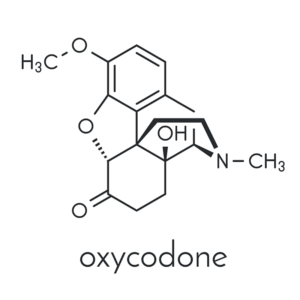
Oxycodone (Oxycontin) Specs:
| Trade Name | OxyContin, Percocet, Palladone, Vicodin, Norco, Lorcet, Zamicet, Verdrocet, Lortab, Anexsia |
| Other Names (other generics) | Heroin, Fentanyl, Oxycodone, Hydrocodone, Codeine, Morphine, Pethidine |
| Classification | Opioid analgesics |
| CYP Metabolism | CYP3A4 & others |
| Interaction With CBD | Metabolic competitor & agonistic interaction |
| Risk of Interaction | Moderate |
What Does Oxycodone (Oxycontin) Do?
Opioids like oxycodone (Oxycontin) bind to specific opioid receptors in the nervous system. There are three principal classes of opioid receptors. They are μ, κ, δ (mu, kappa, and delta). The abilities of an opioid depend on the receptor that it binds to. Each group of opioid receptors elicits a distinct set of neurological responses. These receptors mediate both the psychoactive and the somatic effects of opioids.
When the opioids attach to their respective receptors, they block the pain signals sent from various parts of the body through the spinal cord to the brain. They also trigger the brain to release dopamine, the hormone that makes you feel good. Every time you take opioids, you get feelings of relief from the pain combined with a sense of wellbeing and euphoria. This is the reason why these drugs become addictive.
Using them for a long time may cause a person to develop tolerance, inducing them to consume even more of the drug. If a person gets too used to consuming opioids, abruptly stopping them can cause withdrawal symptoms such as anxiety, restlessness, insomnia, watery eyes, body aches, vomiting, etc. These symptoms can last from a few days to weeks. So, to help ease the withdrawal symptoms in an opioid-addicted person, drugs such as methadone or buprenorphine are given, which bind to the opioid receptors in the brain but do not cause psychoactive symptoms.
There are different types of opioids. The most commonly used ones are codeine, morphine, hydrocodone, oxycodone, oxymorphone, etc.
At lower doses, opioids can make the person feel drowsy. But higher doses can slow down the breathing and heart rate, which could be dangerous.
Because of their addictive nature, use extreme caution when using opioids. Today they are primarily used for treating chronic pains such as cancer. Opioids are also some of the most abused drugs, with users suffering from opioid addiction.
Side Effects of Oxycodone (Oxycontin):
- Abdominal pain
- Anxiety
- Asthenia
- Constipation
- Depression
- Diarrhea
- Dizziness
- Fever
- Headache
- Hypersensitivity
- Loss of appetite
- Nausea
- Peripheral edema
- Pruritus
- Rash
- Respiratory depression
- Somnolence
- Sweating
- Vomiting
Types of Drug Interactions With CBD
CBD, like many other medications, can interact with other drugs. So it is vital to monitor it very carefully when taking it with other medicines. It is because it may worsen their side effects. If you are using any meds alongside CBD, always be on the lookout for any abnormal side effects.
There are three ways that CBD can interact with other drugs. They are:
1. Agonistic Interaction
Agonistic interaction happens when two medicines have the same effect on the body. They work on the same receptors causing the effects in the same direction.
Examples of medications that could cause agonistic interaction with CBD are:
- Antihypertensive Medications — These include central agonists, diuretics, ACE inhibitors, alpha-blockers, beta-blockers, calcium channel blockers, and angiotensin II receptor blockers. CBD can cause a drop in blood pressure on working alongside these medications.
- Antidiabetic medications — These include GLP-1 receptor agonists, meglitinides, SGLT-2 inhibitors, sulfonylureas, and insulin, alpha-glucosidase inhibitors, DPP-4 inhibitors. CBD could increase the blood sugar-lowering ability of these medications.
- Anti-anxiety medications — These include drugs like benzodiazepines and barbiturates. CBD could make their effects last longer and cause many side effects.
2. Antagonistic Interaction
This is the opposite of the agonistic interaction. It happens when two drugs have effects opposite of each other. If taken together, one drug would cross out the effects of the other, causing a decreased efficacy of the second drug.
Drugs that have antagonistic interaction with CBD are:
- Immunosuppressants — These include azathioprine, mycophenolate cyclosporine, methotrexate, etc. CBD’s immune-stimulating properties may cause diminished effects of these drugs.
- Stimulants — These include amphetamine, modafinil. CBD can cause a drop in its effects.
- Immunomodulators — These include antihistamines like carbinoxamine, desloratadine, levocetirizine. CBD could enhance their sedative action.
- Asthma Medications — These include drugs like albuterol, fluticasone, montelukast, ipratropium bromide, and theophylline. CBD may hinder their abilities, especially that of theophyllines.
3. Metabolic Inhibition
Metabolic competitors are medications that need similar enzymes to break down the drug molecules. It leads to both drugs competing against each other, causing their metabolism to slow down.
These include medications such as:
- Blood thinners — CBD could cause an increment in the action of warfarin, enoxaparin, heparin, and others that could be very unsafe.
- NSAIDs — These include ibuprofen, naproxen, high-dose aspirin. CBD could make them last longer in the body.
- Opiate analgesics — These include morphine, codeine, hydrocodone. CBD could make them last longer in the bloodstream, creating complications.
- Antidepressants — CBD can make these drugs last longer in the body by diminishing their metabolism. Antidepressants include trazodone, mirtazapine, vortioxetine, and vilazodone, and others.

Key Takeaways: Is It Safe to Take Oxycodone With CBD?
CBD and oxycodone are both common treatment options for chronic pain. Opioids are stronger, but they carry a far greater risk of dependency, addiction, side effects, and overdose.
For mild to moderate pain, or if seeking pain relief for the first time, CBD is the better option. Many doctors will try this supplement first and only upgrade to opioids if CBD proves insufficient.
It’s wise to avoid using CBD and opioids together because of the potential for adverse effects.
Always speak to your doctor before taking CBD and opioid medications together.
References
- Capano, A., Weaver, R., & Burkman, E. (2020). Evaluation of the effects of CBD hemp extract on opioid use and quality of life indicators in chronic pain patients: a prospective cohort study. Postgraduate medicine, 132(1), 56-61.
- Boehnke, K. F., Gagnier, J. J., Matallana, L., & Williams, D. A. (2021). Substituting Cannabidiol for Opioids and Pain Medications Among Individuals With Fibromyalgia: A Large Online Survey. The journal of pain.
- Atalay, S., Jarocka-Karpowicz, I., & Skrzydlewska, E. (2020). Antioxidative and anti-inflammatory properties of cannabidiol. Antioxidants, 9(1), 21.
- Prud’homme, M., Cata, R., & Jutras-Aswad, D. (2015). Cannabidiol as an intervention for addictive behaviors: a systematic review of the evidence. Substance abuse: research and treatment, 9, SART-S25081.
Signup to our newsletter
Be the first to know about our newest arrivals and special offers!
